An Ancient Craft on the Rise. What Is Artistic Blacksmithing?
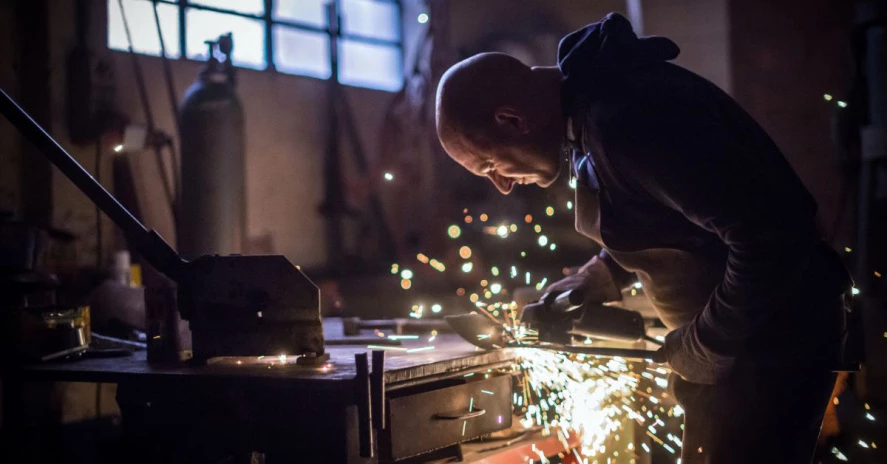
It is almost as old as mankind itself, but definitely not forgotten. What is artistic blacksmithing and why is it trending today? How does it differ from the traditional blacksmithing profession? And why has the demand for hand-forged products been increasing in recent years? Let us explore the history of artistic blacksmithing, together! A story that has been fuelled not only by the desire for beauty, but also by hard work and endless human creativity.
Contents
The Early History of Artistic Blacksmithing
In our first article on the history of blacksmithing, we already mentioned that this craft has accompanied mankind since the very beginning. In the past, however, forged objects had a purely practical function. In the early Middle Ages, more and more blacksmiths took on “artistic” tasks and produced items that should not only serve a certain purpose, but should also be decorative.
In the Gothic period, cities grew, and the local blacksmiths gradually focused more and more on the aesthetics of their products.
DID YOU KNOW... Important examples of artistic blacksmithing from the Gothic period include the grille of the famous Notre Dame Church in Dijon, France?
Blacksmithing in the Baroque Era: From Glory to Free Fall
Artistic blacksmithing was flourishing during the Baroque period. France again became the centre of the blacksmithing boom: ornamental wrought ironwork could be seen, for example, in the Louvre or Versailles.
In Bohemia, Baroque artistic items can be found in various church buildings and houses in Prague.
The Baroque period was the “golden age” for artistic blacksmiths. The demand for their work was insatiable. Artistic door knockers, signs, forged candle holders and other artistic objects became popular. They appeared in castles or town buildings or in public spaces such as parks and squares.
The Renaissance of Artistic Blacksmithing
The Modern era saw a decline of artistic blacksmithing, mainly due to the rise of manufactory production. In the second half of the 19th century, the decline of artistic blacksmithing led to cheaper steel prices and made it easier to purchase sheet metal, which in turn helped the development of another branch - artistic locksmithing.
DID YOU KNOW... blacksmithing and locksmithing also differ in the way they work with metals? Blacksmiths generally process metals when they are hot, whereas locksmiths work with mainly cold materials.
The first half of the 20th century did not bring any change in the development. However, in the 1970s, artistic blacksmithing grew in popularity in Europe once again.
Forged Candle Holders or Roses?
In recent years, artistic blacksmithing has again become very popular, and skilled blacksmiths have a lot of orders. Even today, the blacksmithing craft has a lot to offer. Forged products look rare, and give a unique historical touch to modern interiors.
A skilled (artistic) blacksmith can work wonders with a hammer and an anvil. Customers ask for small ornaments or larger decorations for indoor and outdoor spaces.
Artistic blacksmiths often focus on making fireplace tools, wrought-iron candle holders, doorplates or gift items such as metal bells or, for example, wrought-iron roses and other ornaments.
DID YOU KNOW... there has been a growing interest in forged shop signs among shop owners in recent years? These signs not only add a historical touch to a building, but also make the place stand out beautifully!
Artistic Blacksmiths in Action
The sound of the hammer and the anvil still attracts many people. That is why there are events where artistic blacksmiths have the opportunity to show traditional crafts to the public.
It is typically a very interesting spectacle, although the recent pandemic has also affected these events. Let’s have a look at some of these events (Czech Republic).
- Hefaiston - the largest international meeting of artistic blacksmiths in Europe, which is regularly held at Helfštýn Castle. The event offers diverse accompanying programme and an unforgettable atmosphere every year.
- “Days of Crafts” (Dny řemesel) - the second oldest meeting of blacksmiths and other specialists takes place in Rožnov pod Radhoštěm, Czechia. Visitors can watch a display of traditional crafts, including artistic blacksmiths as well as carpenters, stonemasons and other craftsmen.
DID YOU KNOW... the name of the largest blacksmith event is derived from the name of the ancient god of fire, Hephaestus? It was Hephaestus who created some of the most powerful magical artifacts that appear in Greek mythology.
Artistic Blacksmithing is a Craft Worth Exploring
In the ancient past, blacksmiths were considered magicians who were able to tame fire. Today, they are viewed as people, but they attract a lot of admiration for their skill.
Do you also have a soft spot for handmade objects that can make your home unique? Check out our hand-forged items, inspired by history and extraordinary skill of master blacksmiths!

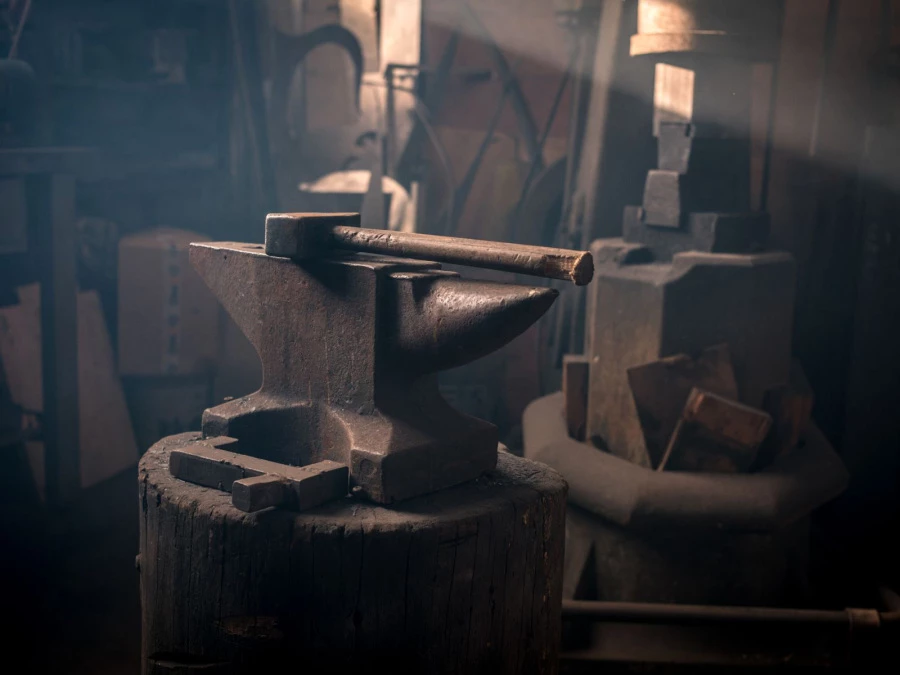
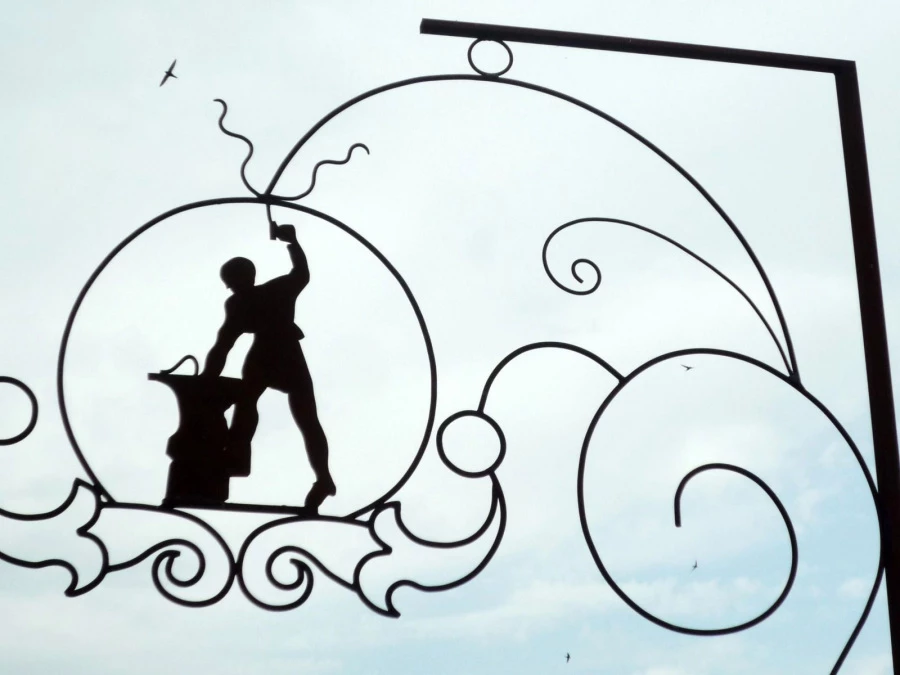
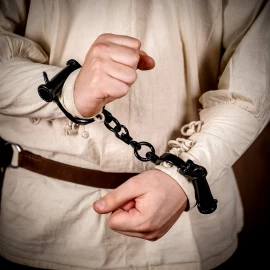

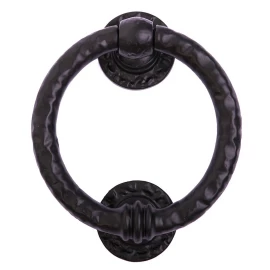
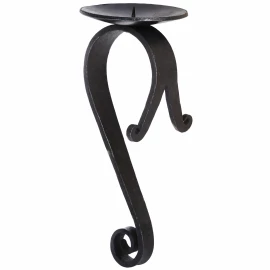
Comments